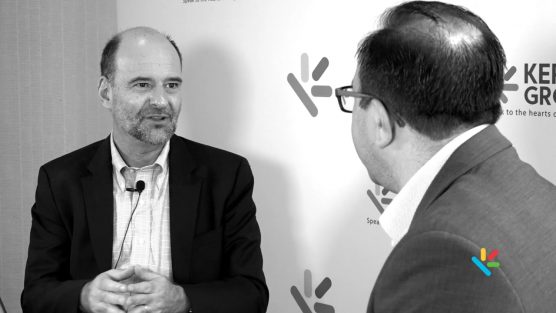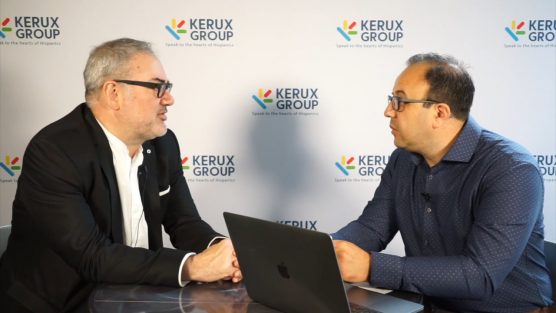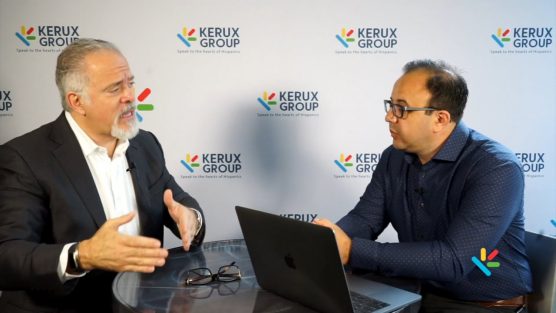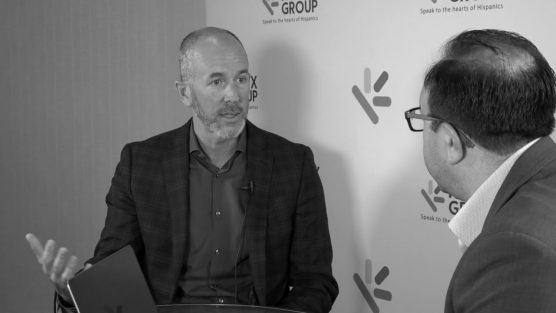Why did this work? Long story short, the company embraced multicultural marketing as a crucial investment for the future. As José Velez-Silva, the company’s vice president of multicultural marketing, told the Kerux Group in the video above, “we know that the future of the US resides on multicultural audiences. We’re building our future by engaging today.” That future includes nonprofits.
So how can nonprofits succeed in engaging multicultural audiences? How did Comcast make such a powerful connection with their audience?
Using the Total Market Approach… Reevaluated
Many would cite a popular industry buzzword: the ‘total market approach’. Put to the test, this approach is a worthwhile strategy – if applied carefully and respectfully. ANA defines the concept as “a marketing approach followed by corporations with their trusted internal and external partners which proactively integrates diverse segment considerations.”
José discussed the strategy at the Culture Marketing Council this last June. He likes the premise, but fears it’s being applied the wrong way. Addressing those diverse segments doesn’t mean sending the same blanket message to everyone; one size does NOT fit all. Together, the parts should support a unified brand – but each demographic needs to be engaged on its own terms, spoken to on the level of its own heart.
The Key to Success: Listening
How do nonprofits put that into practice? What does it take to transcend a cookie-cutter message? Re-prioritizing is important: the intended audience can’t be an afterthought in the marketing process. Nonprofits need top-down change to effectively market to multicultural audiences. Multicultural marketing should guide the organization’s steps, right from the beginning. And the key is listening. When nonprofits start their marketing by genuinely listening to the audiences they want to address, they can connect their cause to that demographic in an authentic way. Without taking the time to learn, it is impossible to craft a message that really hits home.
Addressing specific multicultural audiences is a huge opportunity for nonprofits – and they can start by listening!
- Respect: Dropping assumptions and seeking out a culture’s core emotions and desires demonstrates real respect.
- Adapt: Once nonprofits listen, they can adapt to connect their cause to a certain audience in meaningful ways.
- Succeed: At the end of the day, listening wins the audience’s hearts.
Around the time Comcast released the bilingual campaign, José was walking down the street, laughing and talking with a friend in Spanish. “Speak English!” yelled a passing driver. “You’re in the US!” Suddenly, José could empathize with Hispanics who felt unwelcome, unsafe, and alienated. It took a moment of coming face to face with xenophobia, but he was listening. And he took what he had learned back to work. It completely shaped his marketing strategy – and brought successful connections with a huge new audience.
WATCH MORE VIDEOS OF THIS SERIES

ISAAC MIZRAHI
Chairman | CULTURE MARKETING COUNCIL

MARISSA SOLIS
VP Hispanic Business | PEPSICO

ALBERTO LORENTE
Marketing Director |
SPRINT

MARIA ELENA SALINAS
Journalist

RICK GOMEZ
Chief Marketing Officer | TARGET

ALEX LOPEZ NEGRETE
President | LOPEZ NEGRETE COMMUNICATIONS

MEGHANN ELRHOUL
Head of Agency Research | TWITTER

ALICIA ENCISO
Chief Marketing Officer | NESTLE

ALDO QUEVEDO
Creative Director | RICHARDS LERMA

JOHN SANDOVAL
Multicultural Manager | INTUIT

DAVID CHITEL
CEO | NGL COLLECTIVE

RICARDO AZPIAZU
Marketing Director | VERIZON

COURT STROUD
Consultant | THE CLEDOR GROUP

VANESSA STRAIN
VP of Multicultural | NIELSEN

JOSE VILLA
President | SENSIS

SARAH CARBERRY
Multicultural Strategist | GOOGLE

YVETTE PEÑA
VP Multicultural | AARP

ISAAC MUÑOZ
Senior business Consultant | Southwest Airlines

CLAUDIA ROMO
Founder | WE ARE ALL HUMAN

SHELLEY HAUS
SVP Brand Marketing | ULTA BEAUTY

WENDY BLUME
VP Marketing | ADVANCE AUTO PARTS

MANNY RUIZ
CEO | NOSTALGIACON

VALERIA PIAGGIO
SVP | KANTAR

